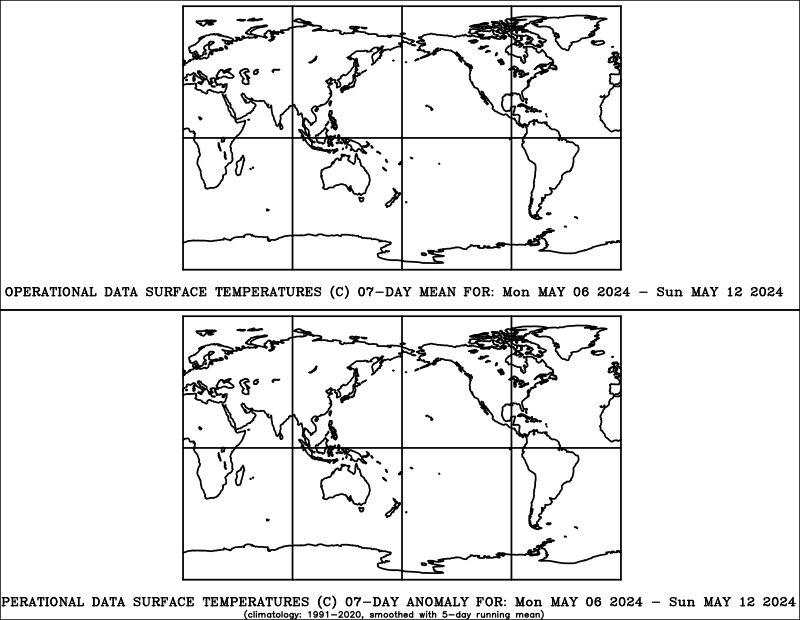Old Rocks
Diamond Member
That is one of the major fears. Problem is, we have no idea at what temperature the release becomes inevitable. We may have already passed that point, it may well be at a higher temperature and GHG content in the atmosphere. That is the problem with the AGW. We know little about what the results are, and in what manner they will come about.
Thus far, we know for sure that the experts predictions concerning results have been far to conservative.
Thus far, we know for sure that the experts predictions concerning results have been far to conservative.



